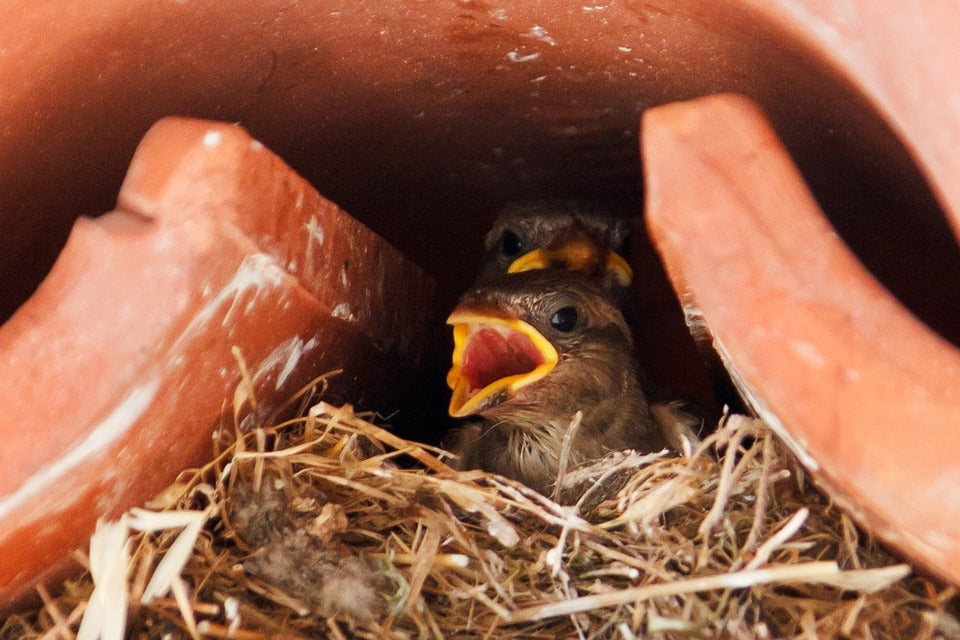Offer
Provide additional details about the offer you're running.
Provide additional details about the offer you're running.
Provide additional details about the offer you're running.

It’s an exciting time of the year for us birders and we can certainly appreciate everyone’s anticipation of grabbing a look or a photograph of a set of newly-hatched birds. While most of us have only the best of intentions in mind, there are a certain set of limitations we should all instill when monitoring hatchlings while in the nest.
There are three main risks associated with monitoring nest and the young which inhabit them and as birders, we should all be aware of these risks when we do decide to get too close.
Harming the Nest
While none of us would purposely set out to harm the structure of the nest, it is a very real risk any time we get too close. Whether we plan on taking photographs or just a quick peek inside, grabbing branches or accidentally falling into a nest can cause irreversible damage to both the nest and any baby birds that may be inside of it.
Desertion
Oftentimes if a nest is over-visited or experiences heavy human contact, mother birds will all-together abandon a nest and even their young. Exercise caution and keep your distance as best you can to prevent frightening a weary mother bird, keeping future birds safe.
Predation
As birders, we have honed our skills and know where and when to locate bird nests around our property or out in the field. While a number of predators also have this skill (and the sensory organs to match), leading them to a nest location is one of the worst things we can do. Do not over-visit a nest and ensure you always take a continuous path to the nest location. Predators can easily recognize patterns such as straight approach and retreating patterns as you continuously approach the nesting area from the same path.
Having an understanding of the inherent risks of visiting bird nests gives us as birders a greater respect for these birds and their young. Always avoid visiting nests during the first few days of incubation and be careful not to visit baby birds as they approach fledging. As they approach this level of maturity, any disturbance could cause them to vacate the nest prematurely and leave them susceptible to predation.
High Quality Blend